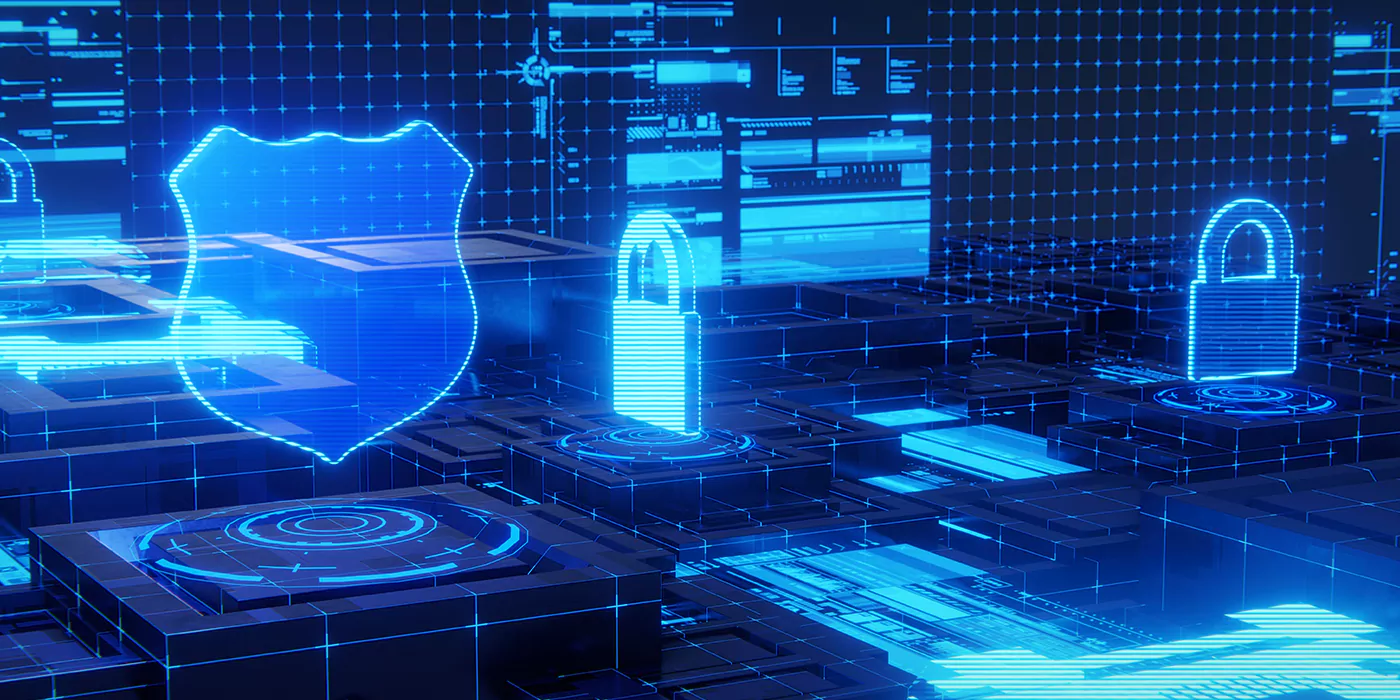In May 2021, the Colonial Pipeline was the victim of a ransomware attack that caused widespread disruptions to the fuel supply on the East Coast of the United States.
According to reports, during the period from May 7 to 12, fuel transportation over the Colonial Pipeline, the largest pipeline system for refined oil products in the US, was suspended. The cause of this was a cyberattack involving DarkSide ransomware.
The media called this one of the biggest high-profile corporate cyber attacks, which started from a breached employee’s personal password likely found on the dark web.
The colonial pipeline hack was a major wake-up call for the critical infrastructure industry, and it highlighted the importance of port monitoring for early threat detection.
Port monitoring is the process of continuously scanning network ports for signs of malicious activity. This can include things like unauthorized access attempts, suspicious traffic patterns, and data exfiltration. By monitoring ports, organizations can identify and respond to threats quickly, before they can cause significant damage.
In the case of the Colonial Pipeline attack, port monitoring played a critical role in the company’s ability to recover quickly. The company’s security team was able to use port monitoring to identify the unauthorized access attempt that led to the attack. This allowed them to take immediate action to contain the attack and prevent it from spreading.
Port monitoring is a critical tool for protecting critical infrastructure from cyber threats. By continuously scanning network ports for signs of malicious activity, organizations can identify and respond to threats quickly, before they can cause significant damage.
Here are some of the ways that port monitoring can help to protect critical infrastructure from cyber threats:
- Early threat detection: Port monitoring can help to identify threats and network vulnerabilities early before they can cause significant damage. This is because port monitoring scans network ports continuously, looking for signs of malicious activity. By identifying threats early, organizations can take immediate action to contain the attack and prevent it from spreading.
- Data exfiltration prevention: Port monitoring can help to prevent data exfiltration, which is the unauthorized transfer of sensitive data from a computer system. This is because port monitoring can identify suspicious traffic patterns that may indicate an attempt to exfiltrate data. By identifying these patterns, organizations can take steps to prevent data exfiltration from occurring.
- Improved incident response: Port monitoring can help to improve incident response by providing organizations with visibility into network activity. This visibility can help organizations identify the source of an attack and to quickly respond to the attack.
Here are some of the best practices for port monitoring:
- Use a comprehensive port scanner: A comprehensive port scanner will scan all of the network ports on a computer system. This will help to ensure that no threats are missed.
- Scan ports continuously: Port monitoring should be done continuously, 24/7. This will help to ensure that threats are identified as soon as possible.
- Use alerts and notifications: Port monitoring tools, such as Awakish, should be configured to generate alerts and notifications when suspicious activity is detected. This will help to ensure that the security team is notified of threats as soon as possible.
- Review port monitoring logs regularly: The security team should review port monitoring logs regularly to look for suspicious activity. This will help to ensure that no threats are missed.
Port monitoring is an essential tool for protecting critical infrastructure from cyber threats. By following the best practices, including implementing network security tools for port, organizations can improve their security posture and reduce their risk of a successful attack.
In addition to port monitoring, there are other important steps that organizations can take to protect their critical infrastructure from cyber threats. These steps include:
- Implementing basic multi factor authentication: Multi factor authentication adds an extra layer of security by requiring users to enter a code from their phone in addition to their password. This makes it much more difficult for attackers to gain unauthorized access to systems.
- Addressing major threats to pipeline integrity: Organizations should assess their systems and networks for vulnerabilities that could be exploited by attackers. They should also implement security controls to mitigate these risks.
- Ensuring effective incident response: Organizations should have a plan in place for responding to cyber incidents. This plan should include steps for identifying and containing threats, as well as steps for recovering from an attack.
By taking these steps, organizations can significantly reduce their risk of a cyber attack.
How Awakish Port Monitoring Tools Can Help You Protect Your Network
Awakish port monitoring tools can help you to identify and respond to threats early by continuously scanning network ports for signs of malicious activity.
If a threat is detected, Awakish port monitoring tools will generate an alert and notify you so that you can take immediate action to contain the attack and prevent it from spreading. By using Awakish port monitoring tools, you can improve your security posture and reduce your risk of cyber attacks.
Sign up with Awakish today and experience advanced port monitoring made easy!



